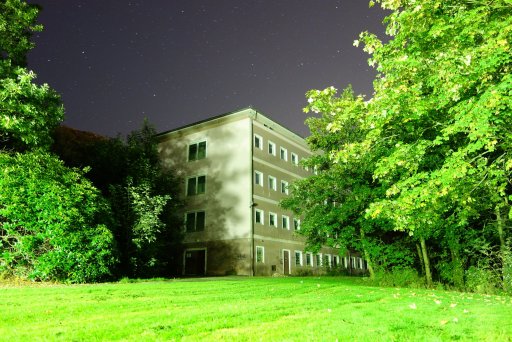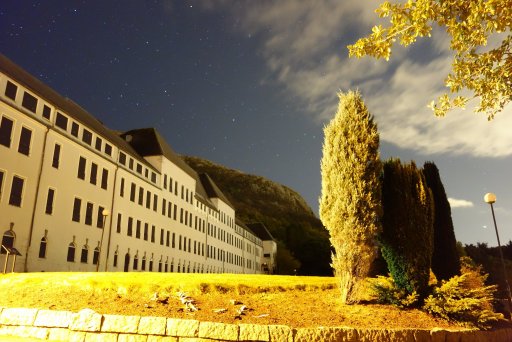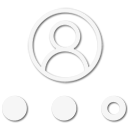From a technical perspective I would say both images are over exposed by at least a couple of stops. The foreground in both is very hot and highlights are blown out in portions. The images are both night scenes so you would except dark areas to look dark and brighter areas to look bright. As it is everything looks bright, there is very light shadow to tell your eyes that you're looking at a night scene. Even though there is an artificial light source coming from camera left in both images you still wouldn't expect everything to be as bright as it is. Night scenes are generally dark with lots of shadows, doesn't mean pitch black, but shadows with some detail is what you're generally looking for overall.
Second to the exposure issue the images have white balance issues, this is especially the case in image 2. Unless it was a creative choice to make it more yellow the camera is having a hard time adjusting the white balance to deal with the artificial light entering the scene. I'm assuming the grass and trees are not yellow and are more green, same goes for the brick retaining wall in the foreground which is probably grey. If I wasn't going to edit this in post and just wanted to use the images straight out of camera or was shooting only jpegs then setting a specific white balance in camera would be the preferable way to go.
Keep this in mind next time you go out to shoot and hopefully it helps.











